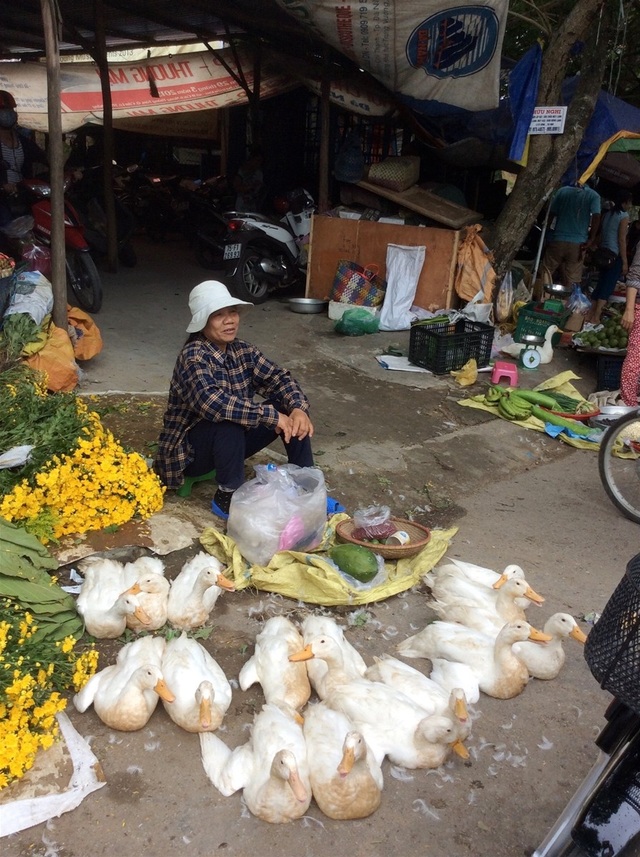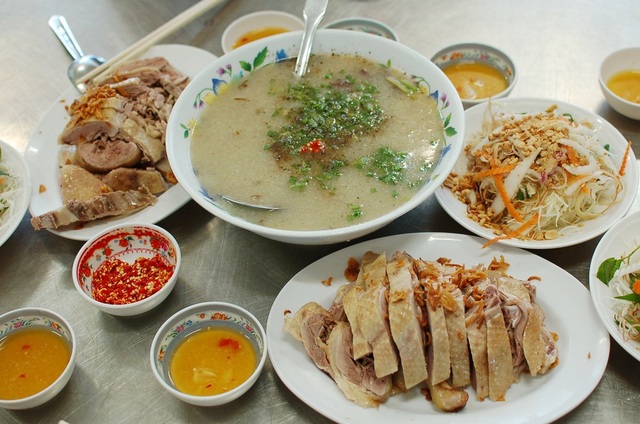What are the customs of Doan Ngo (May 5)?
In Vietnam, Tet Doan Ngo is respected and ranked second after the Lunar New Year. That's why people often say, “Fifth day is Tet holiday.” Students visiting teachers, and husbands visiting parents-in-law... All year round, we just focus on those two Tet. Doan Duong Festival still has many traditions handed down to this day; early in the morning, children eat fruits, glutinous-rice wine, boiled eggs, apply a medicine that is red and yellow to the tip of the head, to the chest, to the navel to kill pests. Adults kill insects by drinking alcohol or eating glutinous-rice wine. Children finish killing insects while sitting on the bed, then wash their noses and limbs, then begin to dye their nails and toenails, wearing five-color threads. The girl who reached the age of ear piercing also chose this day to pierce. Because of this, the worship of the ancestor must be at noon. The practice of picking medicine on the fifth day also begins at noon, which is the hour with the best yang in the whole year, the leaves of the grass harvested in that hour have a good healing effect, especially the extrasensory disorders, the necrosis. People pick any kind of leaves available in the garden, in the area, as long as there are hundreds of them, more or less. However, our people are used to using herbs to treat diseases, and know how to distinguish poisonous types, such as finger leaves, poisonous tomatoes, and cassava leaves... even a man with a superstitious mind will not pluck it up. In contrast, common healing herbs that have the effect of excluding the beneficial atmosphere are more plucked such as sample, wormwood, lemongrass, zucchini, marjoram, bamboo leaves, grapefruit leaves, orange, lemon, tangerine, jackfruit, onion, garlic, ginger, tea, guava, betel, dandelion, lotus, logan,...
On this day, some people believe that if they take a bath in water cooked with some special leaves, they can be protected from sickness, unluckiness, ghosts, and devils. People in some regions bathe in the sea at noon to cleanse their minds, body and soul with seawater to start new life on future days. It’s a chance for family members who are working far from home to come back to see each other, sit around tables and enjoy lots of delicious traditional foods cooked by skillful women in their families.

Ducks are sold a lot at markets in Hue during the Lunar New Year - Photo: Dantri Newspaper
With the sophistication in food processing, Hue people always know how to create many delicious and attractive dishes from one food source. With duck meat, dishes such as duck porridge, boiled duck dipped in ginger fish sauce, duck vermicelli with bamboo shoots, roasted duck, etc. are always popular with Hue people. The most popular dish is still boiled duck with ginger fish sauce served with raw vegetables.
The combination of this dish is extremely reasonable and attractive. Because duck, according to Oriental medicine, is cold, it is appropriate to use it in hot weather, then when processing, housewives once again combine "hot and cold" between duck and ginger to create a delicious dish. not only delicious but also nutritious!
